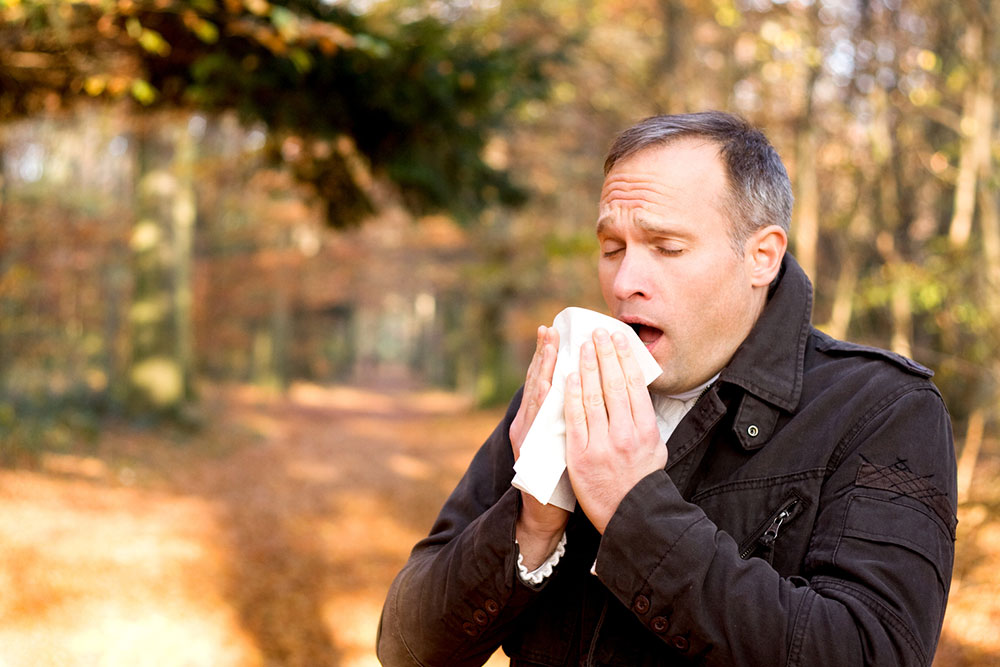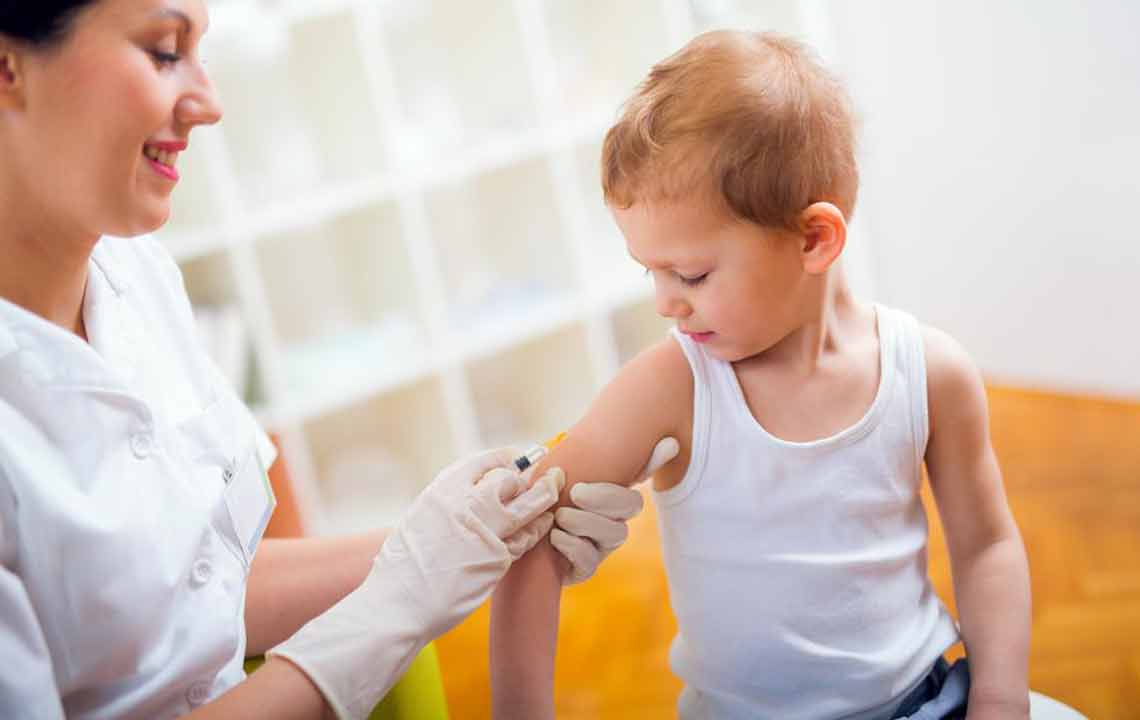Comprehensive Guide to Meningitis: Causes, Symptoms, and Prevention Strategies
This comprehensive guide explores meningitis, including its types, symptoms, causes, diagnosis, treatments, and prevention strategies. It emphasizes early detection, vaccination, and hygiene practices to reduce risks. The article aims to inform the public about this serious health condition, highlighting the importance of timely medical intervention and preventive measures for all age groups.

Essential Knowledge About Meningitis: Causes, Symptoms, Diagnosis, and Prevention
Meningitis is a serious medical condition characterized by inflammation of the meninges, which are the protective membranes that envelop the brain and spinal cord. This inflammation can be caused by various infectious agents including bacteria, viruses, and fungi, as well as by non-infectious mechanisms like certain medications or medical conditions. Although it is more common among infants, young children, and teenagers, meningitis can occur at any age. Due to its potentially life-threatening consequences, early detection and prompt treatment are crucial to prevent severe health complications, including brain damage, hearing loss, or even death.
Understanding Different Types and Symptoms of Meningitis
Meningitis manifests differently depending on the infectious agent involved, the age of the individual, and overall health status. Recognizing the symptoms early can significantly impact treatment outcomes. The primary types include bacterial, viral, and fungal meningitis, each with distinct clinical features:
Fungal Meningitis: Symptoms such as severe headache, confusion, nausea, dizziness, and disorientation are typical. This type often affects immunocompromised individuals or those with a weakened immune system.
Bacterial Meningitis: Rapid onset of high fever, chills, severe headache, neck stiffness, sensitivity to light (photophobia), mental confusion, and sometimes skin rashes or bruising are hallmark signs. Bacterial meningitis is particularly dangerous and demands urgent medical attention.
Viral Meningitis: Usually presenting with milder symptoms such as fever, fatigue, loss of appetite, irritability, and neck stiffness. Recovery is more common in viral cases, but treatment still requires medical oversight.
While these symptoms provide clues, it's important to remember that they can overlap, and symptom severity varies. Early medical evaluation through physical examination and diagnostic testing is essential to determine the cause and initiate appropriate treatment.
Detecting meningitis involves clinical assessment and laboratory tests. Since visual examination alone cannot distinguish the type of meningitis, laboratory analysis of cerebrospinal fluid (CSF) via lumbar puncture (spinal tap) is crucial for identifying the infectious agent and guiding treatment.
Common Causes and Risk Factors of Meningitis
Meningitis can have infectious and non-infectious roots. Viral meningitis accounts for approximately 85% of cases worldwide, but bacterial and fungal causes are also significant. Additionally, non-infectious meningitis may result from allergic reactions, certain cancers, or reactions to medications.
Fungal Causes: Exposure to contaminated environments such as soil, bird droppings, or decaying organic matter can introduce fungi like Cryptococcus into the body, especially affecting immunocompromised individuals.
Bacterial Causes: Bacteria responsible for meningitis can originate from other infections such as respiratory illnesses (pneumonia, sinusitis), skin infections (cellulitis), or food poisoning. Common bacteria include Streptococcus pneumoniae, Neisseria meningitidis, and Haemophilus influenzae.
Viral Causes: Several viruses can traverse the blood-brain barrier, leading to meningitis. These include influenza viruses, HIV, herpes simplex virus, mumps virus, and West Nile Virus.
These agents induce inflammation of the meninges, disrupting normal brain and spinal cord functions, which underlines the gravity of timely diagnosis and intervention. Recognizing risk factors such as close contact with infected individuals, compromised immune systems, or recent exposure to contaminated sources can aid in preventive efforts.
Diagnosis and Effective Treatment Modalities
Accurate diagnosis of meningitis involves a comprehensive medical evaluation including neurological examination and laboratory testing. Lumbar puncture remains the gold standard for diagnosing meningitis, allowing analysis of cerebrospinal fluid for infectious agents. Blood tests, imaging studies like MRI or CT scans, and cultures may also be used.
For bacterial meningitis, immediate hospitalization is often required, and treatment involves high-dose intravenous antibiotics and supportive care. Viral meningitis, on the other hand, typically resolves with rest, hydration, over-the-counter pain relievers, and in some cases antiviral medications. The duration of recovery varies but usually spans 7-10 days, emphasizing the importance of proper nutrition and hydration during convalescence.
Early intervention can be life-saving, reducing the risk of permanent neurological damage or death. Close monitoring and follow-up care are essential to ensure full recovery and to manage any potential complications.
Preventive Measures and Lifestyle Tips to Protect Against Meningitis
While vaccines have significantly reduced the incidence of certain types of bacterial meningitis, preventive practices remain vital in minimizing risk:
Practice good personal hygiene: Regular handwashing with soap and water helps prevent transmission of infectious agents.
Maintain respiratory hygiene: Cover your mouth and nose with a tissue or elbow when coughing or sneezing; discard tissues properly.
Avoid sharing personal items: Do not share drinks, utensils, or other items that come into contact with saliva or respiratory secretions.
Ensure vaccinations are up-to-date: Immunizations like the meningococcal, pneumococcal, and Haemophilus influenzae vaccines are effective in preventing specific bacterial meningitis strains.
Adopt a healthy lifestyle: Maintain a balanced diet rich in fruits, vegetables, and whole grains; get adequate sleep; manage stress to bolster immune function.
Stay informed: Follow trusted health organizations such as the Centers for Disease Control and Prevention (CDC) and World Health Organization (WHO) for updates on meningitis outbreaks and vaccination recommendations.
Understanding the importance of early detection, vaccination, and maintaining good hygiene can significantly reduce the risk of meningitis. Educating yourself and your loved ones about the signs and preventive strategies plays a crucial role in safeguarding public health. Overall, knowledge combined with proactive health behaviors can make a substantial difference in reducing the impact of meningitis on individuals and communities.




